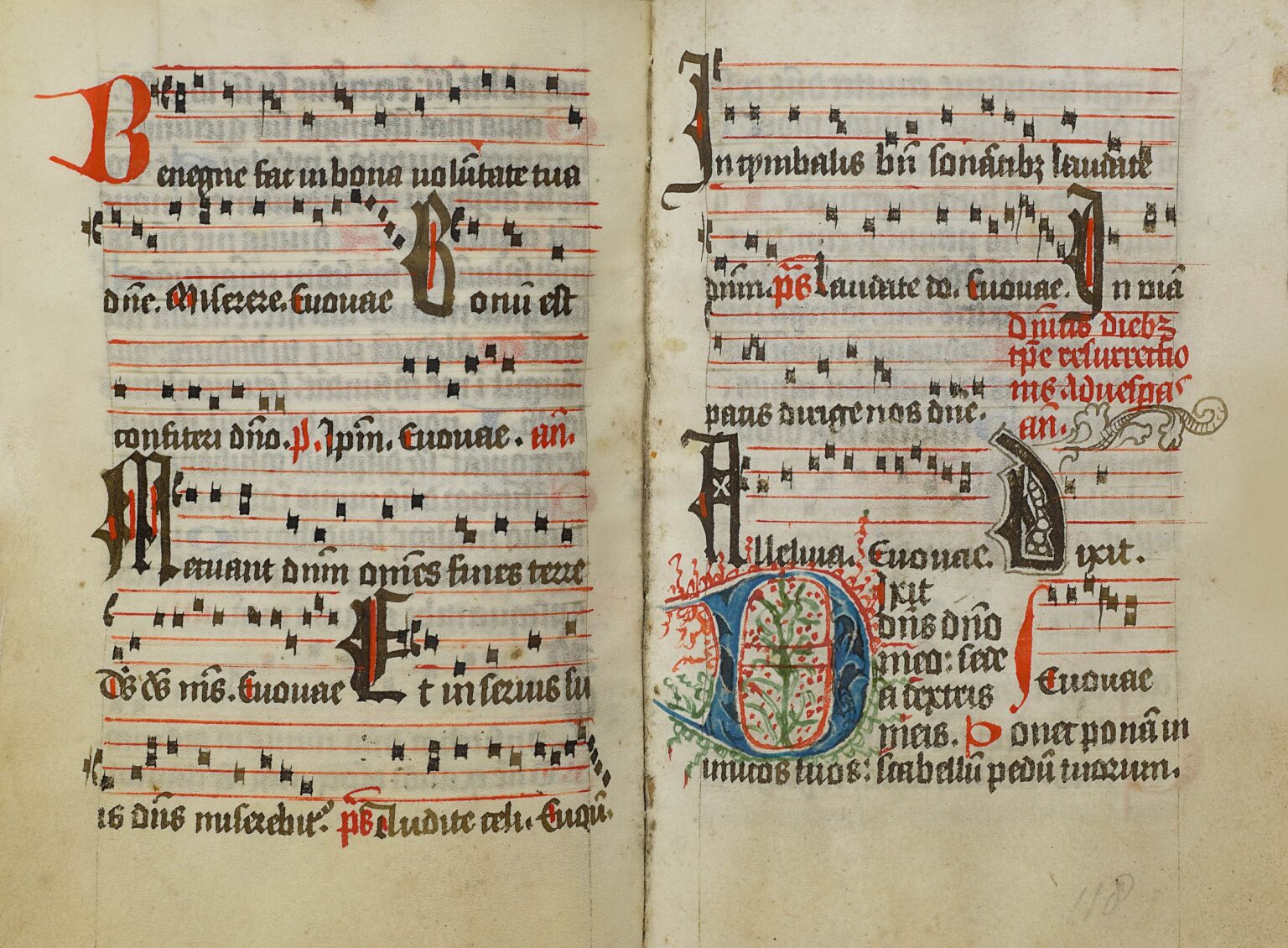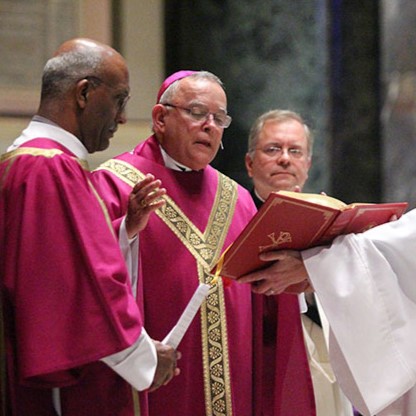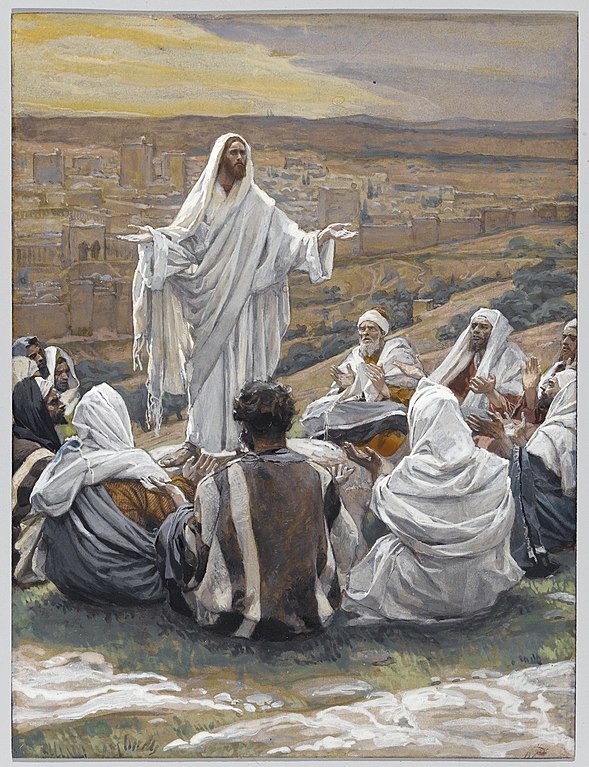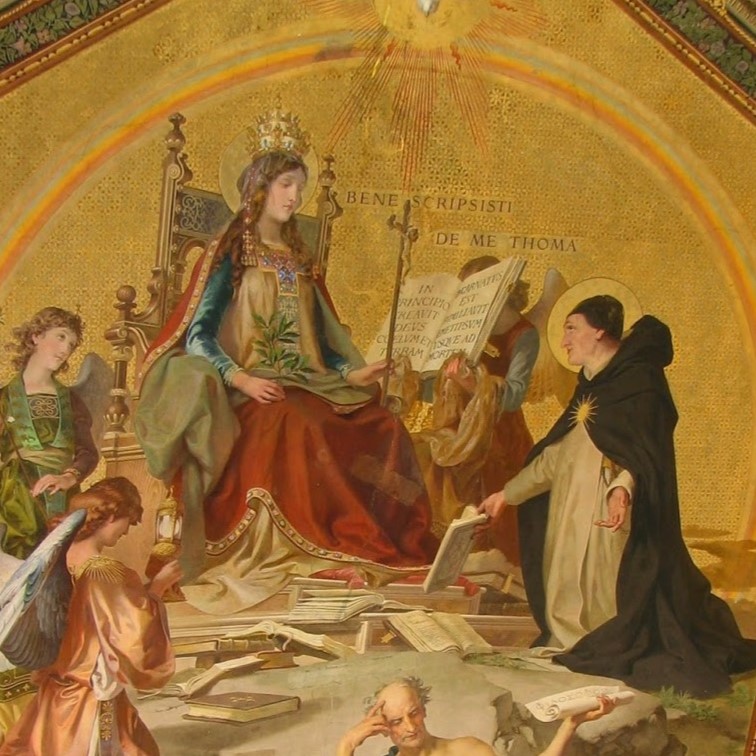18 May 2024
Saint Teresa of Avila, Part 1 | The Year of Prayer
By Joey Belleza, PhD (Cantab.)
In the next four instalments, we will look at prayer through the eyes of another great Doctor of the Church, the Spanish mystic and founder of the Discalced Carmelites, Saint Teresa of Avila. Born in 1515 and died in 1582, Teresa lived in a time wherein the Church in Europe was shaken by both the Protestant Reformation and by internal crises, and was in desperate need of reform. Such external tumult is often the sign of a severe spiritual malaise, and Saint Teresa responded to the crisis of her era through a deep attachment to the power of prayer, understanding this to be the only effective counter to the spiritual needs of the Church.
She considers prayer in her two major works, namely, the autobiographical Life of Teresa of Jesus and her devotional-mystical work The Interior Castle. In the following reflections on Saint Teresa and prayer, we will focus principally on insights from The Life of Teresa, with occasional references to the Interior Castle.
Particularly, we will look at the analogy Teresa offers in her autobiography of the development of the life of prayer. She considers four ways to water a garden, which are likened to four stages through which one’s life of prayer grows.
It seems to me that the garden can be watered in four ways: [1] by taking the water from a well, which costs us great labour; or [2] by a water wheel and buckets, when the water is drawn by a windlass (I have sometimes drawn it in this way: it is less laborious and gives more water; or [3] by a stream or brook, which waters the ground much better, for it saturates the ground more thoroughly; or [4] by heavy rain, when the Lord waters it with no labour of ours, a way incomparably better than any of this which have been described. (The Life of Teresa, Chapter 11)
The first stage, like drawing water from a well, is like the first stage of prayer. Put very simply, Teresa is saying that beginners in the life of prayer must work hard to make a habit of its practices, “because they have become accustomed to a life of distraction.” Distractions in prayer are familiar to all of us, but this can perhaps be understood at a deeper level too: the less one prays, the less one is focussed on the spiritual realm and the more one’s mind is occupied by the earthly. We are therefore not only more distracted when we come to pray, but we are also less motivated, insofar as we have not convinced ourselves sufficiently of the importance of prayer by the fact of not putting it into practice. Building up this habit of doing something that is not yet deeply embedded in our psyche as a necessary part of our daily life is hard work.
Indeed, for many days, one may experience “aridity, dislike, distaste, and so little desire to go and draw water that he would give it up entirely.” Yet, just as Christ endured the suffering of the Cross, the Christian is called to endure the little crosses of this first stage, confident that such labour is pleasing to God and thus truly important. As Teresa says of her own experience, “it is quite certain that a single one of those hours in which the Lord has granted me to taste of Himself has seemed to me a later recompense for all the afflictions which I endured over a long period while keeping up the practice of prayer.” Similarly, we can be confident that the fruits of prayer, especially those that emerge later on, will make the earlier struggles entirely worthwhile. And what greater model is there for this perseverance than Christ’s Passion, without which the fruits of Easter and Pentecost, which we have only just finished celebrating, would not have been possible.
Our present day also has crises of its own, and the Church is in no less need of faithful witnesses supported by steadfast prayer in order to enlighten a world that seeks solutions in human wisdom alone. Let us also persevere in our own lives of prayer, so that the difficulties we endure and the struggle we engage in presently might lead to the same future recompense granted to Teresa.
In the following instalments, we will focus on the successive three stages of prayer according to Saint Teresa.























